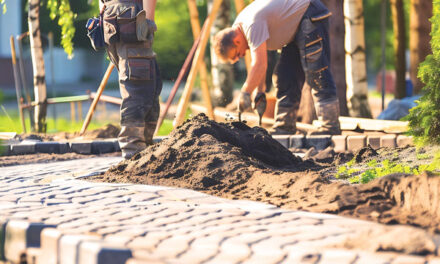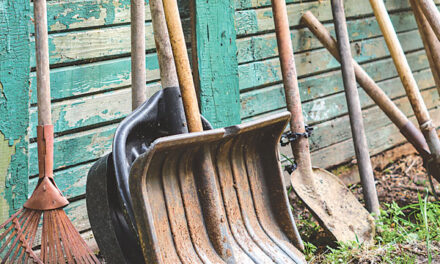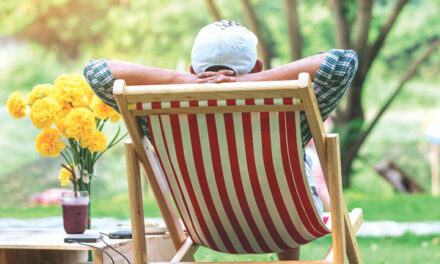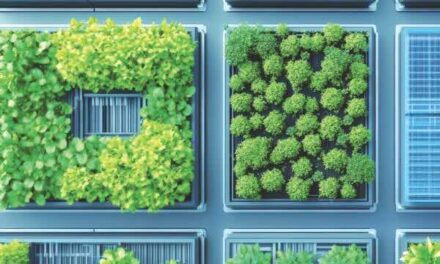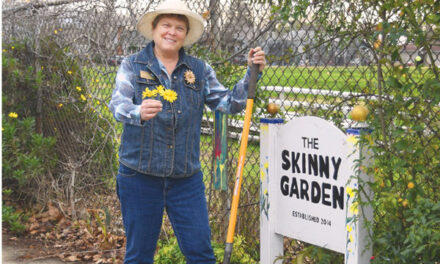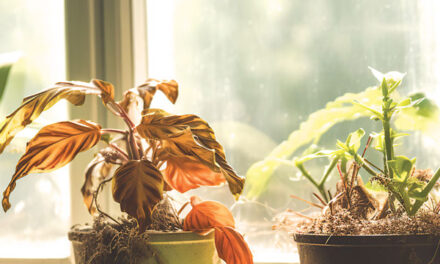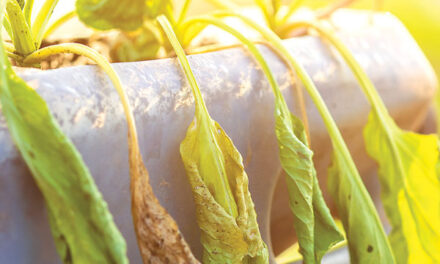Summer days in Sacramento, when air becomes insufferably hot and soil bakes to Death Valley beige, can test our gardening superpowers. The challenge of keeping plants happy and alive is compounded by watering mandates, courtesy of below normal rainfall and Sierra snowpack.
People and pets need protection and ample hydration when summer’s blast furnace goes triple digits. So do plants. Our leafy friends are not able to bolt for an air-conditioned kitchen and refreshing drink.
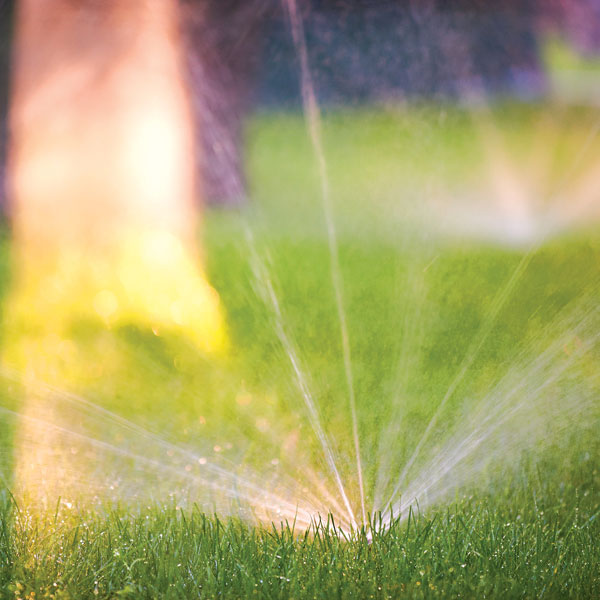
Once plants are heat stressed, they hunker down into survival mode. Leaves wilt and sometimes drop. Flowers fizzle (especially vegetables) and young tree bark can be severely damaged by sunburn. Miss a watering cycle or two and container plants and raised vegetable beds can cook to well done.
Water is a precious resource. We are reminded every time the specter of drought bellows, “Water conservation!” Water districts have scheduled specific days when irrigating landscapes is allowed. The U.S. Environmental Protection Agency reports 60 percent of water usage in dry climates is for outdoor purposes. Lawns are especially thirsty.
Dealing with Sacramento restrictions and hot weather pushes efficient watering to the head of the line. Drip irrigation on a controller puts water where it’s needed: at the root zone with little, if any, runoff. Flower beds and borders, trees and shrubs, containers and raised vegetable beds are ideal for drip systems, which distribute water through tubing and emitters in a slow drip. Drip eliminates wasteful evaporation.
Lawn sprinkler systems are more water efficient if run from midnight through early morning when there is less chance of wind, temperatures are cooler and evaporation is much reduced. Sprinkler spray patterns are tricky to control, so expect overspray and runoff onto sidewalks and driveways. Adjust watering-cycle minutes to reduce runoff.
Mulch is as sexy as a flat tire, but its importance during summer months is right behind proper watering. Spread on top of soil and around plants, mulch performs like attic insulation, lowering soil temperature, retaining soil moisture and discouraging weeds that rob moisture.
Go big on mulch. Buy a mountain range of bark chips. It’s sold in great quantities by the cubic yard. Bagged bark from the neighborhood nursery will work for smaller gardens. Are the neighbors taking down a tree? Ask for the wood chips. Spread mulching materials 3 to 5 inches deep.
Other organic mulch materials include straw, shredded leaves, dried grass clippings and pine needles. Inorganic mulches, like gravel, can be used around trees and shrubs. Edibles are most often mulched with straw, shredded leaves and lawn clippings that have not been treated with weed-and-feed chemicals. Hay often contains field grasses and weed seed heads. Straw is the better choice for mulch. Straw is the stalk, minus the seed head, of harvested grains. A straw bale of wheat or rice is about $10 at feed stores.
Plants that suffer from too much hot sun should be sheltered and shaded. Japanese maple lace-leaf varieties will suffer burned leaves. Hydrangea leaves will wilt if planted on the wrong side of a home (south and west) and receive all-day sun. Large pots on casters allow gardeners to roll small trees, such as Japanese maples, to shadier areas.
Casters, pot feet and pieces of wood placed under containers will protect plant roots from frying through direct contact with scorching hot concrete, stone or tile surfaces. Give containers a lift.
Shade cloth can be purchased to shelter plants or use old sheets and bath towels. In the veggie garden, tomatoes, peppers, watermelons, cucumbers and eggplant are among vegetables that can be sunburned by too much direct sunlight. Sunburn, also called sunscald, is a whitish-yellow lesion that can appear wrinkled and is found near the top or sides of the vegetable. It’s not a pretty sight.
Gardeners require protection, too. When it is rocking 100 degrees, garden during early morning or evening hours. Pull a wide-brimmed hat over the noggin, slather on sunscreen and stay hydrated. Work in short intervals, taking breaks when needed. Hammocks are optional.
For additional local information, visit bewatersmart.info and sacmg.ucanr.edu/drought.
Dan Vierria is a University of California Cooperative Extension Master Gardener for Sacramento County and former Home & Garden writer for The Sacramento Bee. He can be reached at masterg29@gmail.com. For answers to gardening questions, contact the UCCE Master Gardeners at (916) 876-5338, email mgsacramento@ucanr.edu or visit sacmg.ucanr.edu. Follow us on Facebook, Twitter and Instagram: @insidesacramento.



